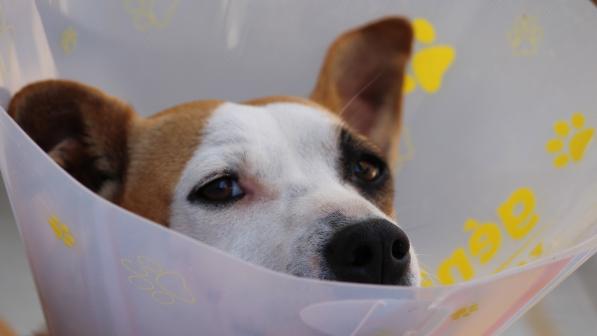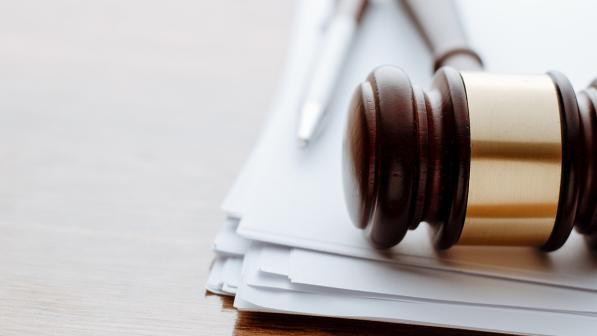What to do if you have a cycling crash?

What to do after a collision
It can all be rather confusing following a collision with a vehicle or other road user, and it may not be too clear what you have to do. To make it easier, Cycle-SOS, which runs the Cycling UK free incident line, has created this informative video to help you know what to do if you have been injured in a collision with another road user.
What should you do?
Cycling UK members will be better able to avoid collisions through experience, anticipation and technique, but if the unfortunate does occur, it’s best to be prepared. Despite what some of the media would have us believe, the benefits of cycling far outweigh the risks, and overall, cycling is far more likely to improve wellbeing than to compromise it.
Collisions occur due to lack of attention and impatience. If a road user was prepared to lengthen a journey by the time it takes to take a second or more careful observations or allow a gap in traffic to appear or hold back from a pass, the roads would be safer places for more vulnerable users.
Actions to be taken following a collision are subject to S170 Road Traffic Act 1988 which requires parties to:
- Stop
- Provide names and addresses of driver and/or registered keeper
- Provide vehicle registration number
- If injuries sustained, report to police
- If any of the personal details are not exchanged at the scene the incident is reportable to the police within 24 hours
- If someone is hurt, insurance details must be provided there and then. If these are not provided, the incident must be reported to the police within 24 hours and insurance details must be provided to the police within 7 days
Irrespective of anyone’s own views on fault, these obligations are non-negotiable. A driver departing the scene leaving a first name and a mobile number (neither of which may be viable) is identical to a driver who fails to stop.
Given the possibility that the driver and or vehicle may not be legal, capture the vehicle registration number and report to the police, if medical and physical circumstances permit. Ask for an incident number or, if the police attend, the officer’s name, collar number and where based.
As ‘vehicles or other road users’ may include other cyclists, mobility scooters and e-scooters the same basics apply. Given the absence of any recognised form of identification and general lack of regulation the problem is likely to be more of a practical one if a micro-mobility user flees the scene.
Check for injuries
Don’t just get back on your bike and ride away. You could be disorientated, concussed or more badly hurt than you realise. Check yourself and others involved for injuries and, if able, move out of the way of traffic.
If anyone has suffered injuries, even walking wounded, call 999. Seek medical advice even for minor injuries: visit your GP, local A&E or walk-in centre for advice and to evidence your injury.
Identify who caused the incident
This should be your priority. For many reasons, drivers and passengers can get interchanged.
Take a photo of the vehicle and driver. Try to collect the names, addresses and insurance details of anyone involved in the incident. If the collision was with a vehicle, ensure you make a note of the registration details as well as the vehicle's colour or make/model. Avoid admitting fault, verbally or otherwise.
Witnesses
Similarly, get names, addresses and phone numbers of any witnesses to the incident. Witnesses may be required to provide evidence in any potential claim for damages, especially where there are conflicting accounts.
Try to stay calm and avoid becoming angry or aggressive. You’ll make a better impression on the police if you remain calm and polite.
Try to note the precise position of the impact and mark/record it. Record as much detail as possible: what may have been said, witness details, subsequent journeys, and a timeline.
Assess damage
If you can, take photos of the damage to your bicycle/cycle and any other damaged kit. Keep hold of these so that they are available for inspection and can be used as evidence.
Keep a list of all damaged items and try to document or recall the age. As compensation is on an indemnity (value at time) and not new for old basis, the age of an item may be important.
Record all expenses that result from collision and injury so that they can be included. This includes taxi or public transport fares, prescription costs and any other medication; often overlooked is the value of the time expended by friends, relatives, or spouse/partner in assisting with temporary difficulties.
Photographs and videos
Take note of the scene of the incident including date, time and weather conditions. If possible, take photos of the vehicles in position. Try to reference the location by road signs or other fixed landmarks.
If you have an on-bike camera keep any relevant footage; if the vehicles involved have dash cams, try to get details so that the recording can be traced.
Road defects
It’s not just other road users: potholes or other road defects can also cause crashes. Hitting a pothole on a badly maintained road can damage your bicycle and possibly cause you injury as a result. In such a case, your local council may be liable to pay you compensation.
In addition to the main points above, if you are knocked off your bicycle by a pothole or other road defect, take photos with another item in shot to help illustrate the size of pothole or defect (a tin of beans or a water bottle, perhaps). Accurate measurements can be extremely helpful too. And don’t forget to log road defects at Fill that Hole.
Call the Cycling UK incident line on 0330 107 1789 for assistance in making a claim for your injuries or damage to your bicycle.
Finally, on the basis that it’s better all round to avoid a collision:
Cyclists present a very narrow profile front and rear: high vis or even light-coloured kit assist perspicuity. Contrast against backdrop is the vital element.
Any lights assist: a driver can only avoid a collision if the object is seen relatively far ahead. If vehicles in urban environments travel at up to 35mph that’s an overall stopping distance of 138'/42m and a stopping time of 3.6 seconds. Up to 1.5 seconds is reaction time, a distance of 51'/15.66m, a fact seemingly unappreciated by the opponents of a 20mph limit in busy urban areas.
Alternatively, if you think you may have been involved in an incident that may lead to a claim being made against you under our third-party liability policy, please contact Bikmo as soon as possible on 01244 727 100 (lines open 9am-5pm Mon-Fri) or at [email protected]. You can also submit a claim 24/7 at bikmo.com/cyclinguk





